In a world often dominated by news of environmental decline, habitat destruction, and species extinction, it’s crucial to remember that conservation efforts can and do make a difference. Across the globe, dedicated scientists, local communities, governments, and organizations are working tirelessly to protect vulnerable ecosystems and save endangered species from the brink of extinction. These success stories not only showcase what’s possible when we commit to environmental stewardship but also provide blueprints for future conservation initiatives. From the remarkable recovery of once-critically endangered species to the restoration of vital ecosystems, these ten conservation victories remind us that with determination, collaboration, and innovative approaches, we can reverse damage and create a more sustainable relationship with our natural world.
The American Bald Eagle’s Remarkable Recovery
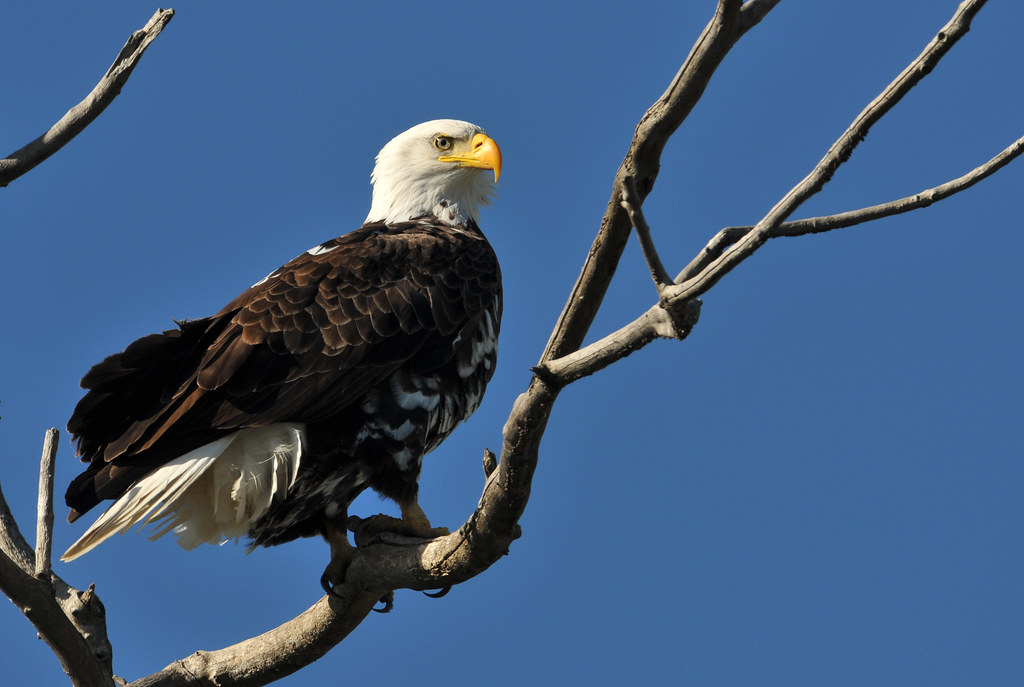
The American Bald Eagle, the iconic national symbol of the United States, once faced extinction with fewer than 500 nesting pairs remaining in the lower 48 states by the 1960s. Their decline was primarily caused by widespread use of the pesticide DDT, which accumulated in the eagles’ prey and caused their eggshells to thin and break before hatching. The ban on DDT in 1972, coupled with protections under the Endangered Species Act and extensive conservation efforts, allowed this majestic bird to make an extraordinary comeback.
By 2007, bald eagle populations had recovered so successfully that they were removed from the endangered species list, with current estimates suggesting more than 316,700 individual birds and over 71,400 nesting pairs across the United States. This revival represents one of the most dramatic and visible conservation successes in American history, demonstrating how policy changes and targeted protection can bring a species back from the edge of extinction.
Giant Panda Population Growth in China

The giant panda, with its distinctive black and white coloration, has long been a global symbol of conservation efforts and was once on a steep path toward extinction. In the 1980s, habitat loss, poaching, and low reproduction rates had reduced the wild population to fewer than 1,000 individuals, prompting intense international concern. China responded with unprecedented conservation measures, including establishing a network of panda reserves that now protect nearly 70% of the pandas’ habitat, implementing strict anti-poaching laws, and developing sophisticated breeding programs at research centers like the Chengdu Research Base of Giant Panda Breeding.
These concerted efforts bore fruit in 2016 when the IUCN downgraded the giant panda’s status from “endangered” to “vulnerable,” following a 17% increase in the wild population over a decade. The most recent census indicates there are now approximately 1,864 pandas living in the wild, marking a remarkable turnaround for this beloved species and showcasing the effectiveness of China’s conservation policies and international cooperation in wildlife protection.
The Revival of the Southern White Rhinoceros

The southern white rhinoceros presents one of the most dramatic conservation turnarounds in history, having been brought back from the very edge of extinction. By the late 19th century, these massive herbivores had been hunted to near extinction, with fewer than 50 individuals remaining in a single reserve in South Africa. Dedicated conservation efforts began in the early 20th century, focusing on habitat protection, anti-poaching measures, and carefully managed breeding programs. Unlike their northern white rhino counterparts (now functionally extinct with only two females remaining), southern white rhinos responded remarkably well to these interventions.
Today, their population has rebounded to approximately 18,000 individuals across protected areas in several African countries, representing over 70% of all rhinos left in the wild. While they still face serious threats from poaching driven by demand for rhino horn, their recovery from fewer than 50 to thousands of animals demonstrates how effective conservation can reverse the fortunes of even the most threatened large mammals when given sufficient protection and space to recover.
California Condor: Saved from the Brink
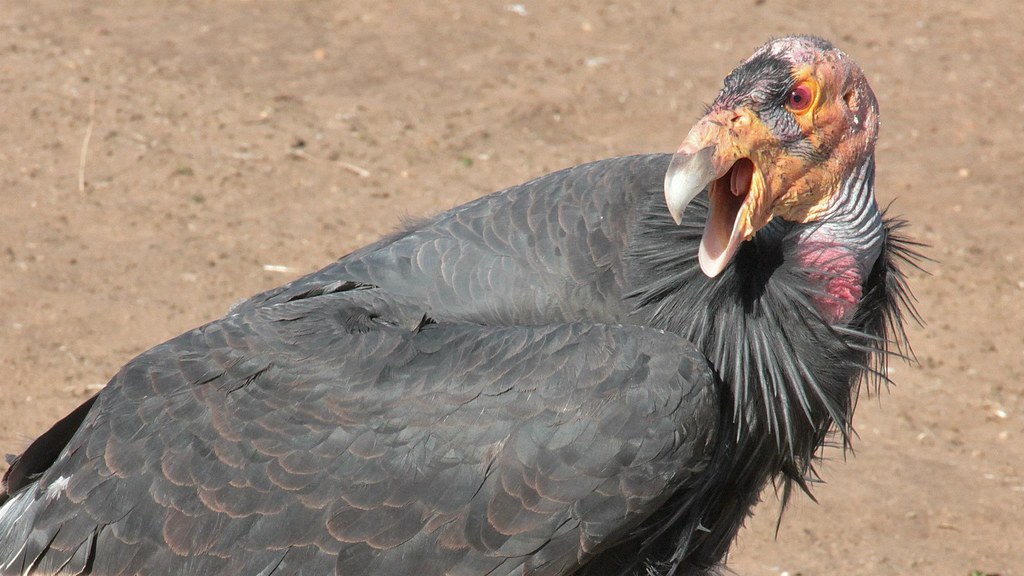
The California condor, North America’s largest land bird with a wingspan approaching 10 feet, experienced a catastrophic decline throughout the 20th century due to poaching, lead poisoning from ingested bullet fragments, and habitat destruction. By 1982, only 22 individuals remained in the wild, prompting wildlife officials to make the controversial decision to capture all remaining condors for an emergency captive breeding program – essentially removing the species from the wild in a last-ditch effort to save it from extinction. This bold conservation gamble paid off as specialized breeding facilities at the San Diego and Los Angeles Zoos successfully raised new generations of condors while addressing the genetic bottleneck of such a small founding population.
The first captive-bred condors were reintroduced to the wild in 1992, and today the population has grown to over 500 birds, with more than half flying free in California, Arizona, Utah, and Baja California. Though still listed as critically endangered and dependent on ongoing management, the California condor represents an extraordinary example of how even a species on the very precipice of extinction can be recovered through intensive human intervention and addressing the underlying threats.
The Resurgence of the Gray Wolf in the United States
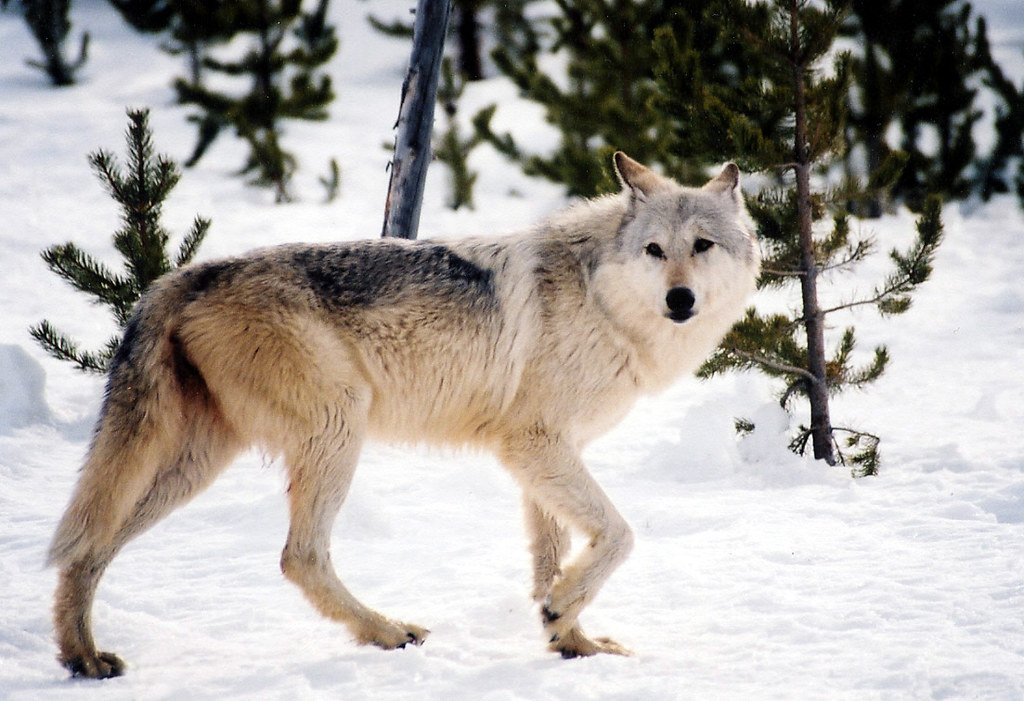
The gray wolf, once abundant across North America, was systematically eradicated from most of the continental United States by the mid-20th century due to government-sponsored extermination programs, habitat loss, and conflicts with livestock. By the 1970s, only a small population remained in northern Minnesota and Michigan, with the species listed as endangered under the newly-passed Endangered Species Act in 1974. The turning point came with the historic reintroduction of 31 gray wolves to Yellowstone National Park and central Idaho in 1995-1996, a controversial move that sparked both celebration from conservationists and opposition from some ranching communities.
The ecological impacts of this reintroduction have been profound, with wolves helping to regulate elk populations, which in turn allowed for the recovery of vegetation and the return of beavers, songbirds, and other species in what ecologists call a “trophic cascade.” Today, more than 5,000 wolves inhabit the contiguous United States, primarily in the Northern Rockies, Western Great Lakes, and Pacific Northwest regions, with stable populations allowing for their delisting in several states. While management of wolf populations remains contentious, their biological recovery represents a remarkable conservation achievement and demonstrates how apex predators can restore ecological balance to entire ecosystems.
Marine Protected Areas: The Success of Cabo Pulmo

Cabo Pulmo National Park, located on the east coast of Mexico’s Baja California Peninsula, stands as one of the most inspiring examples of marine ecosystem recovery through community-led conservation. In the early 1990s, this area containing the northernmost coral reef in the eastern Pacific was severely degraded from decades of overfishing, with fish populations decimated and the marine ecosystem collapsing. Rather than continuing on this path, the local fishing community made the remarkable decision to advocate for the area’s protection, transitioning their livelihoods from fishing to ecotourism. In 1995, Cabo Pulmo was designated as a marine protected area spanning 7,111 hectares, with fishing prohibited throughout most of the reserve. What followed was nothing short of extraordinary – scientific surveys documented a 463% increase in total fish biomass within a decade, one of the largest recorded recoveries of a marine ecosystem worldwide.
Predatory fish like sharks and groupers returned, coral health improved, and the once-depleted waters became a thriving underwater wilderness that now supports a sustainable ecotourism economy providing greater prosperity than fishing ever did. The success of Cabo Pulmo demonstrates how marine protected areas, when created with local community support and strong enforcement, can regenerate ocean ecosystems while creating new economic opportunities.
Arabian Oryx: Returned from Extinction in the Wild
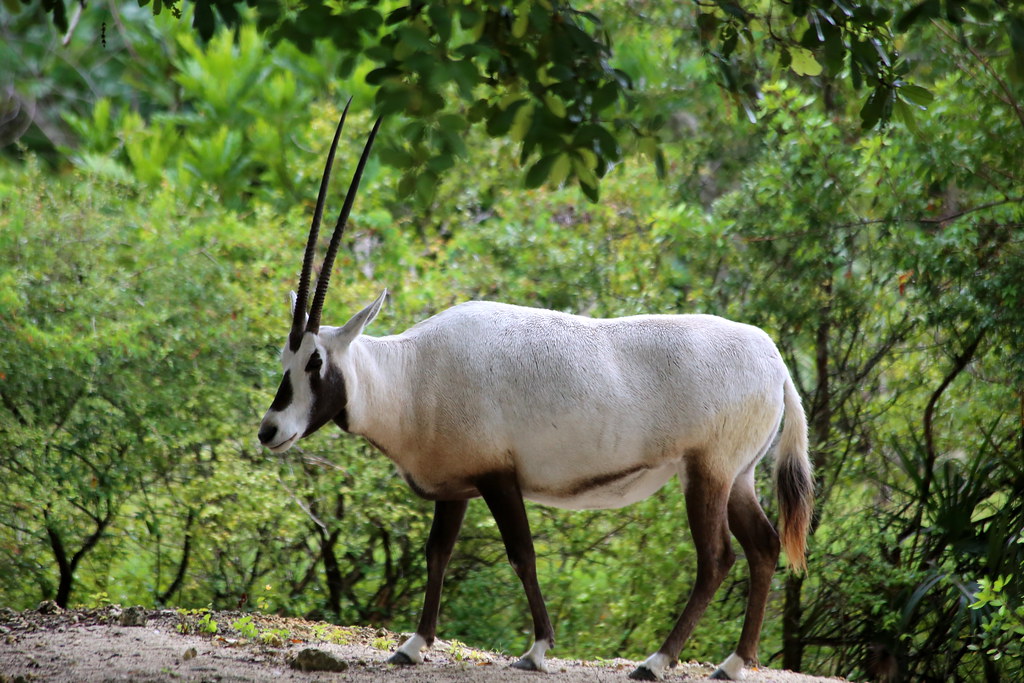
The Arabian oryx, an elegant antelope adapted to the harsh desert environments of the Arabian Peninsula, holds the distinction of being the first animal to be upgraded from “Extinct in the Wild” to “Vulnerable” on the IUCN Red List. By the early 1970s, unregulated hunting had eliminated the last wild populations of this distinctive white antelope with long, straight horns. The species survived only in captivity, with a small founder population of just nine animals forming the basis for an ambitious captive breeding program coordinated across multiple zoos worldwide. This international conservation effort produced enough animals to begin reintroductions into protected areas across the Arabian Peninsula, starting in Oman in 1982 and later expanding to Saudi Arabia, the United Arab Emirates, Jordan, and Israel.
Today, the wild population has grown to more than 1,200 individuals across the region, with the largest numbers in Saudi Arabia’s protected reserves. The Arabian oryx’s journey from extinction in the wild to a recovering population demonstrates the value of ex-situ conservation (preservation outside natural habitats) when combined with habitat protection and careful reintroduction strategies, providing a model for saving other critically endangered desert species.
The Atlantic Goliath Grouper’s Population Rebound
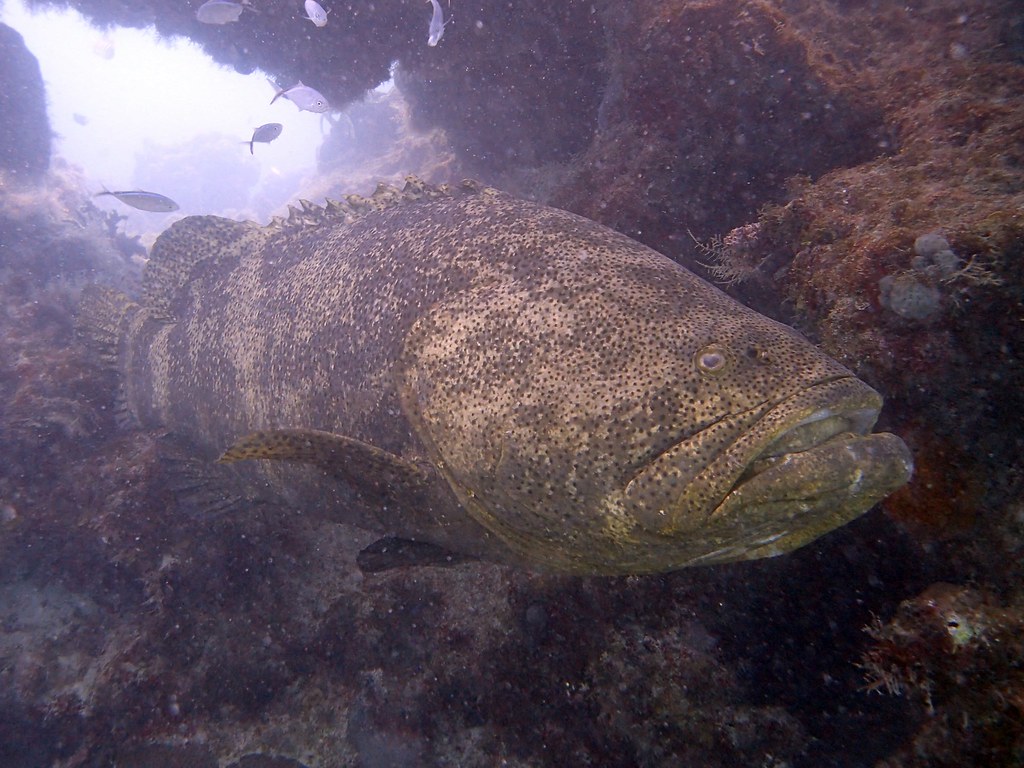
The Atlantic goliath grouper, a massive reef fish that can grow to 800 pounds and eight feet in length, faced collapse in the 1980s due to overfishing throughout its range in the western Atlantic Ocean and Caribbean Sea. These slow-growing, naturally curious fish were particularly vulnerable to spearfishing and commercial fishing pressure, with their tendency to gather in predictable spawning aggregations making them easy targets. By the early 1990s, goliath groupers had become so rare that the United States implemented a complete fishing moratorium in 1990, followed by similar protections in Caribbean nations. The decades-long protection has allowed this magnificent species to make a substantial recovery, particularly in Florida waters where their numbers have increased dramatically.
Scientific surveys have documented the return of spawning aggregations, with hundreds of goliath groupers gathering at specific sites during the summer months – a spectacle that had disappeared during their population crash. While still listed as vulnerable internationally, the goliath grouper’s recovery demonstrates how fishing restrictions, when properly enforced, can allow even slow-reproducing marine species to rebuild their populations, benefiting both the ecosystem and sustainable diving tourism that now generates significant revenue from people eager to see these gentle giants.
Mauritius Kestrel: From 4 Birds to Conservation Icon
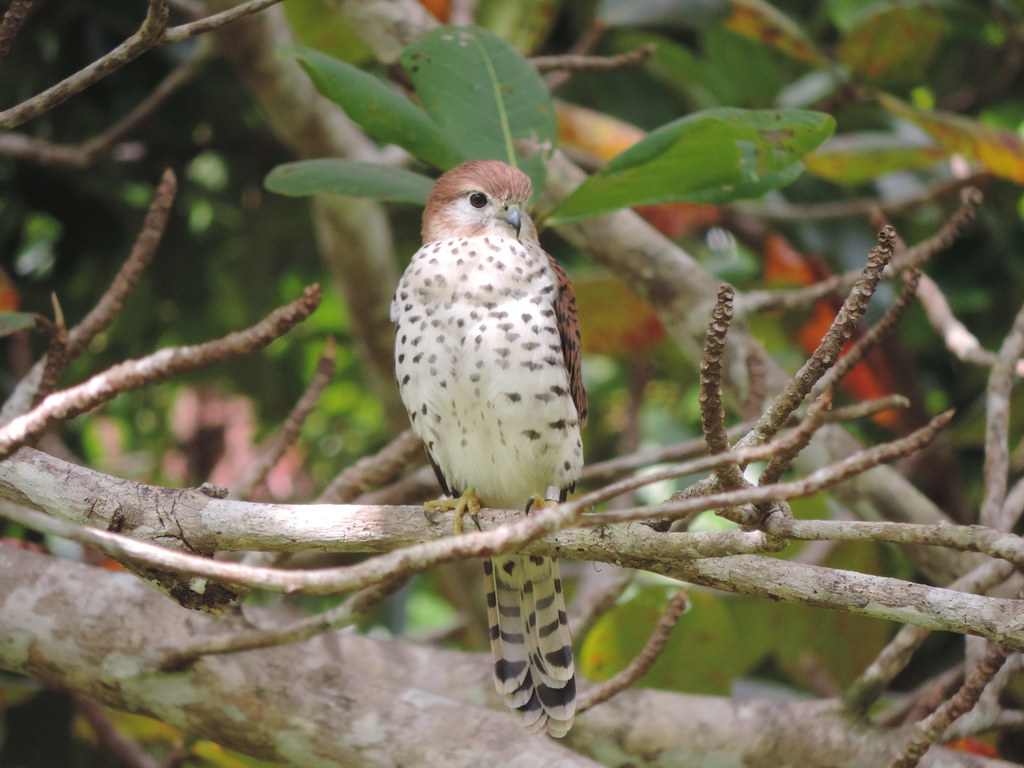
The Mauritius kestrel represents one of the most dramatic rescues from the brink of extinction in conservation history. Endemic to the island of Mauritius in the Indian Ocean, this small falcon was devastated by a combination of habitat destruction, introduced predators like rats and cats, and the widespread use of the pesticide DDT which caused eggshell thinning. By 1974, only four known individuals remained in the wild, making it at that time the rarest bird in the world with seemingly little hope for survival. A pioneering conservation program led by ornithologist Carl Jones employed innovative breeding techniques including artificial incubation of eggs, double-clutching (removing first eggs to induce females to lay again), and careful releases of captive-bred birds into protected areas.
These methods proved remarkably successful, with the population growing to over 800 birds by the early 2000s, allowing the species to be downlisted from “Critically Endangered” to “Endangered” and eventually to “Vulnerable” on the IUCN Red List. Today, the Mauritius kestrel serves as a powerful example of how species can be rescued even from the most dire circumstances through scientific intervention, and its success has informed conservation techniques for endangered birds worldwide.
Forests for the Future: Costa Rica’s Reforestation Miracle

Costa Rica’s transformation from having one of the highest deforestation rates in the world to becoming a model of forest recovery stands as one of the most impressive national conservation achievements. In the 1970s and early 1980s, rampant clearing for cattle ranching and agriculture had reduced the country’s forest cover to just 21% of its land area, down from over 75% at the beginning of the 20th century. Recognizing the crisis, Costa Rica implemented a series of bold policies beginning in the 1980s, including a pioneering system of Payments for Environmental Services (PES) that compensates landowners for protecting forests, a comprehensive national park system that now covers more than 25% of the country, and a complete ban on deforestation enacted in 1996.
These initiatives, coupled with a strategic shift toward ecotourism as an economic driver, have enabled an extraordinary recovery, with forest cover more than doubling to approximately 52% of the country’s land area today. Costa Rica’s forest regeneration has created wildlife corridors for species like jaguars and tapirs, enhanced watershed protection, and sequestered millions of tons of carbon dioxide, all while the country’s economy and human development indices have improved – demonstrating that environmental protection and economic development can go hand in hand.
European Bison: Return of Europe’s Largest Land Mammal

The European bison, also known as the wisent, narrowly escaped permanent extinction in the early 20th century when the last wild individual was shot in Poland’s Białowieża Forest in 1927, leaving only 54 animals surviving in zoos worldwide. From this precarious position, an international breeding program was established using careful genetic management to rebuild the population while maintaining as much genetic diversity as possible from the limited founder stock. The first reintroduction to the wild occurred in 1952 when a small herd was released back into Białowieża Forest, followed by releases in other parts of Poland, Belarus, Russia, and eventually across much of the species’ former range.
Today, the European bison population has grown to over 7,000 animals living in free-ranging and semi-free herds across 25 European countries, with the largest populations in Poland and Belarus. These massive herbivores, weighing up to 2,000 pounds, are now helping to maintain open woodland habitats through their browsing and grazing, contributing to biodiversity by creating habitat mosaics that benefit numerous other species. The European bison’s recovery from the brink of extinction represents a landmark achievement in large mammal conservation and demonstrates the value of international cooperation in saving species that cross national boundaries.
The Future of Conservation: Lessons from Success Stories

These ten conservation success stories share several critical elements that can guide future environmental protection efforts worldwide. First, they demonstrate the power of legal protections and policy changes, from the banning of DDT that saved eagles and falcons to the creation of marine protected areas that revitalized ocean ecosystems. Second, they highlight the crucial role of science-based interventions, whether through sophisticated captive breeding programs or ecosystem-wide restoration initiatives guided by ecological research. Third, these successes underscore the importance of sustained commitment, as most of these recoveries required decades of persistent work and ongoing management rather than quick fixes.
Perhaps most importantly, the most durable conservation victories involved gaining the support and participation of local communities, whose livelihoods became intertwined with the success of conservation through sustainable activities like ecotourism. As we face unprecedented global challenges including climate change, habitat fragmentation, and biodiversity loss, these success stories provide not just inspiration but practical roadmaps for how dedicated conservation efforts can reverse environmental decline when given sufficient resources, scientific guidance, and public support.
These ten remarkable conservation victories remind us that even species on the very edge of extinction can recover when human ingenuity, determination, and collaboration are applied to solving environmental challenges. From the California condor’s return from just 22 individuals to the restoration of entire ecosystems like Costa Rica’s forests, these success stories prove that conservation works when properly supported. While we continue to face enormous environmental challenges globally, these examples provide both hope and practical lessons about what successful conservation requires: strong legal protections, science-based management, community involvement, and sustained commitment. By celebrating and learning from these achievements, we can approach our ongoing conservation challenges with the knowledge that recovery is possible, even against seemingly impossible odds.


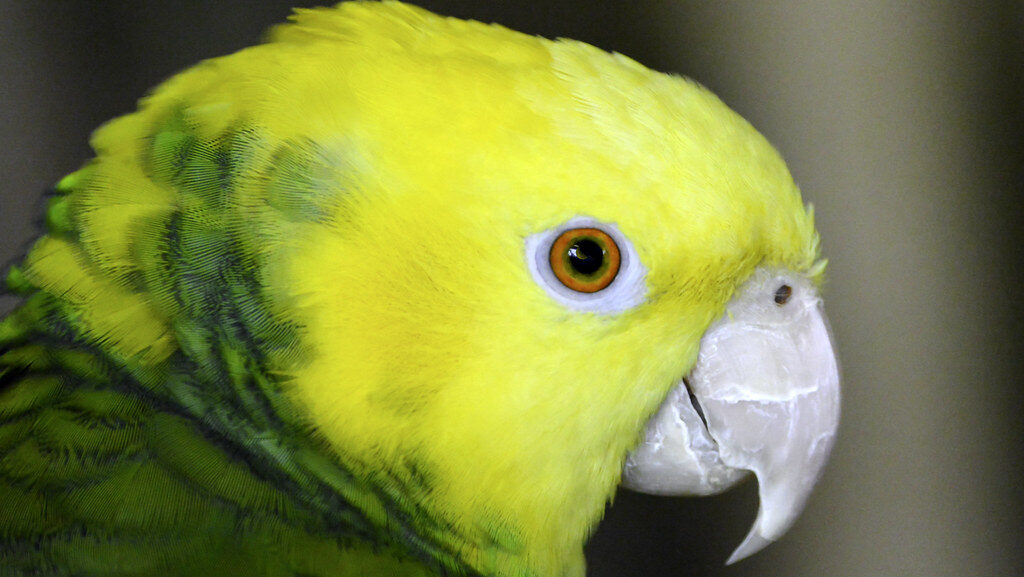


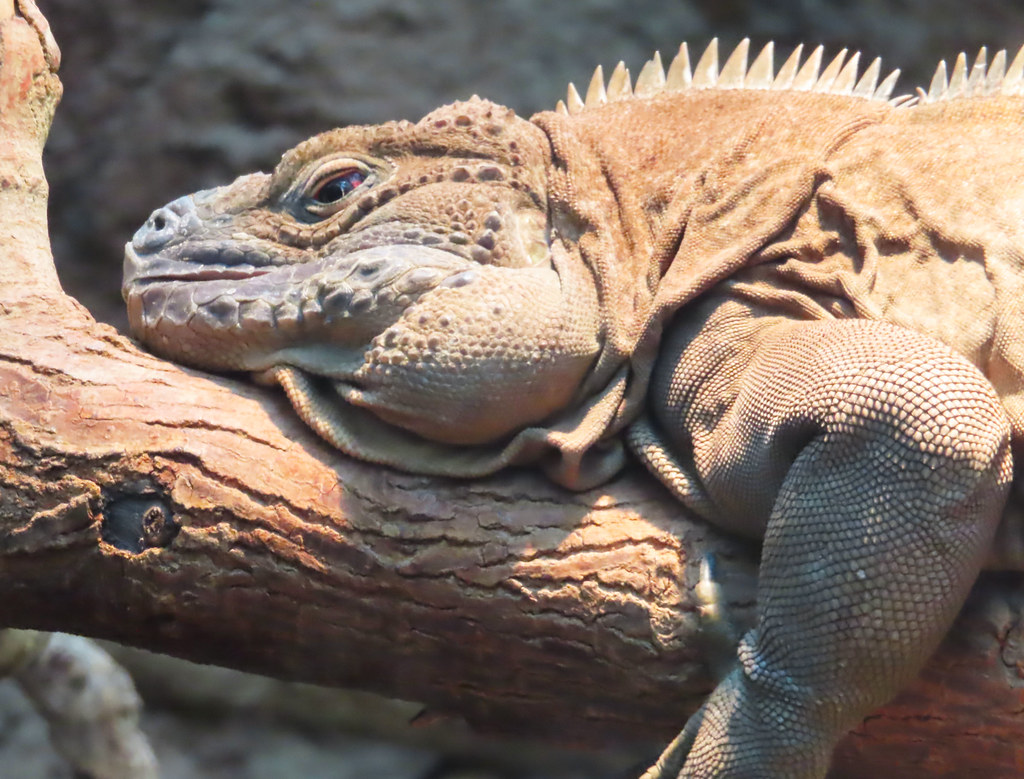
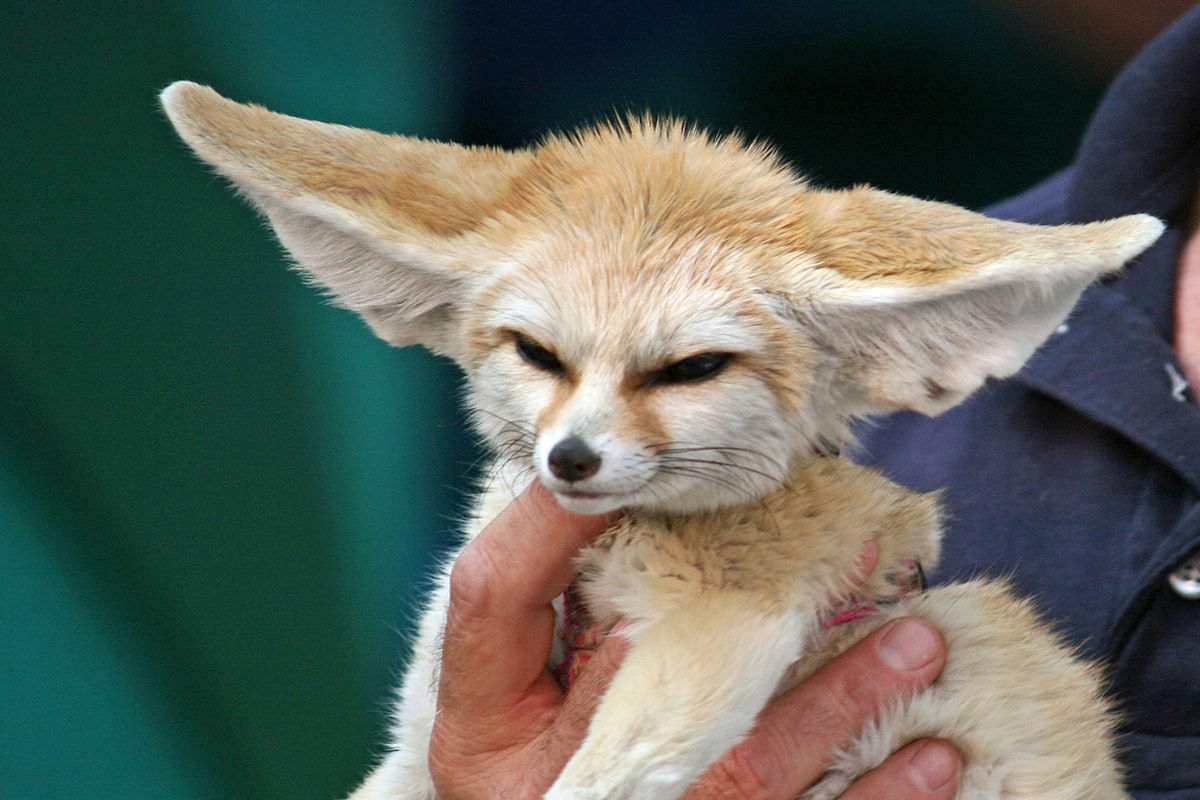
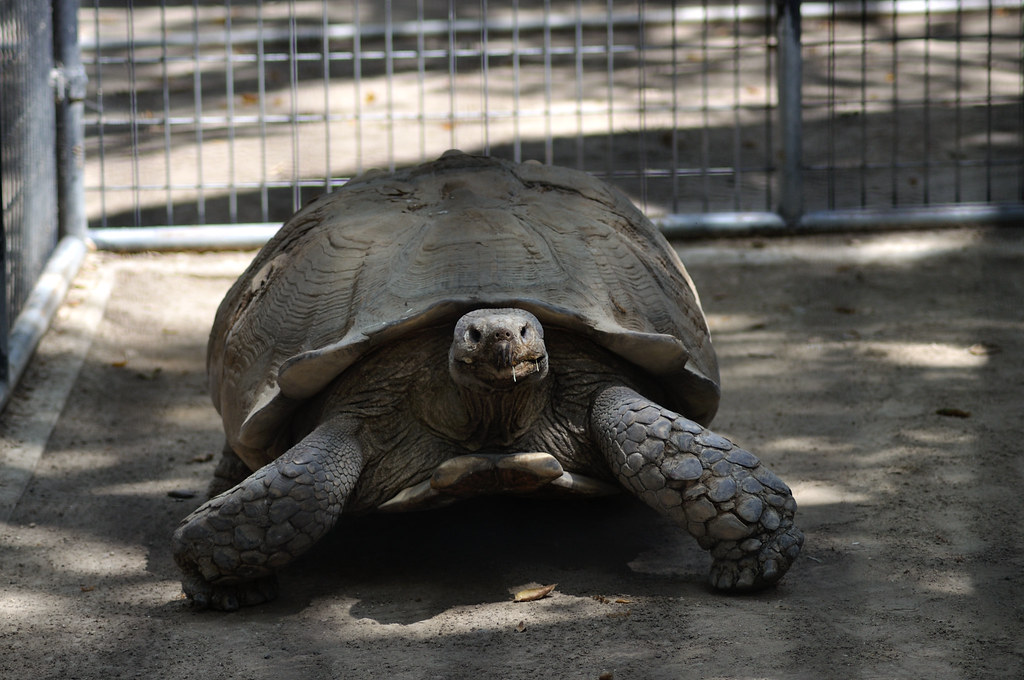
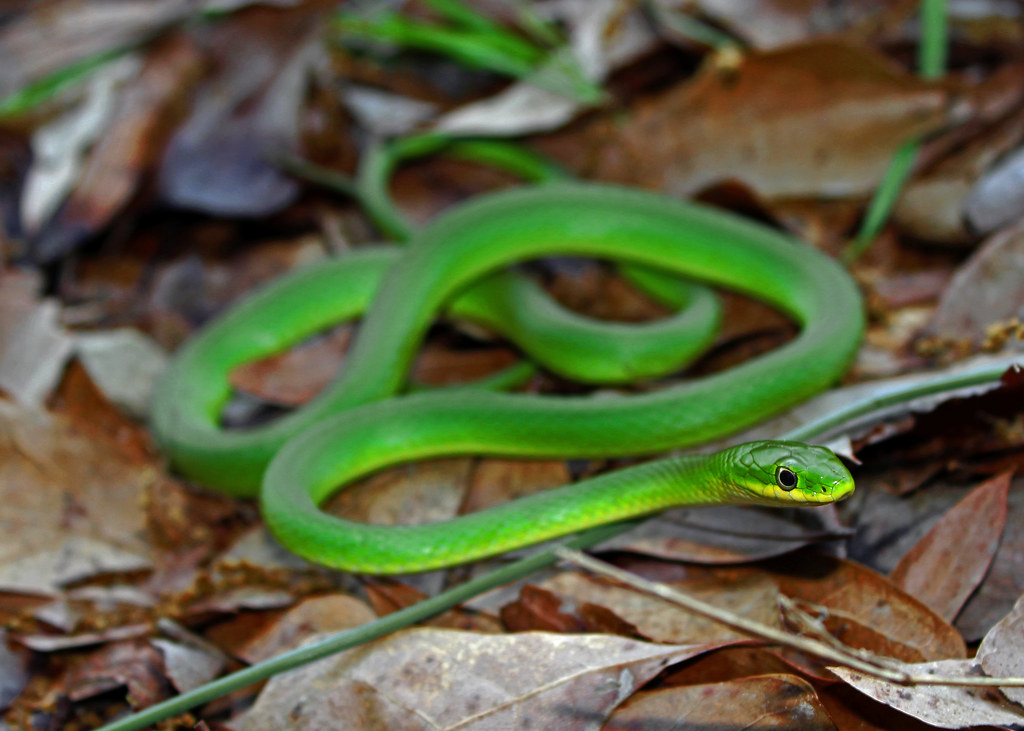
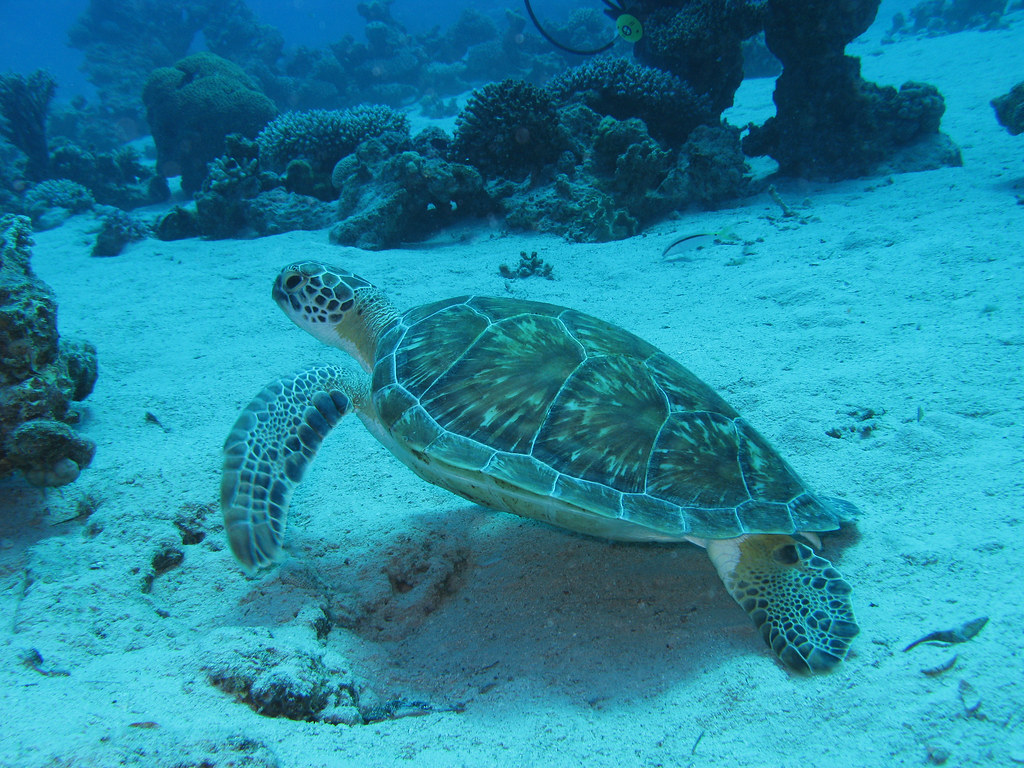
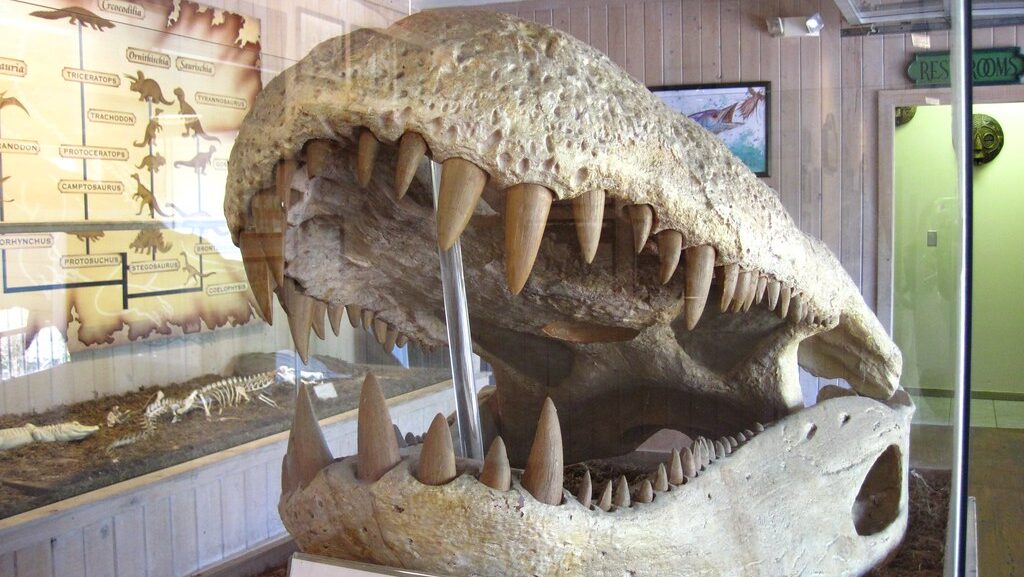



Leave a Reply